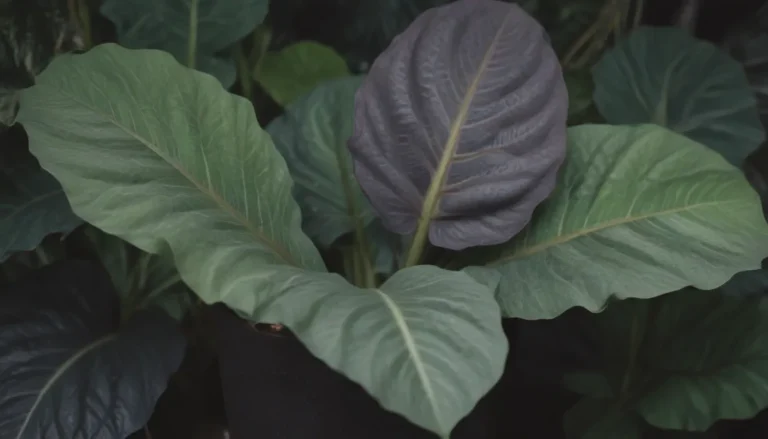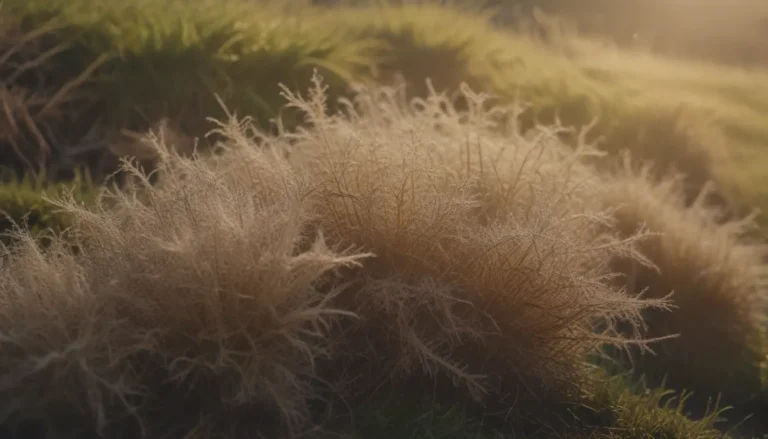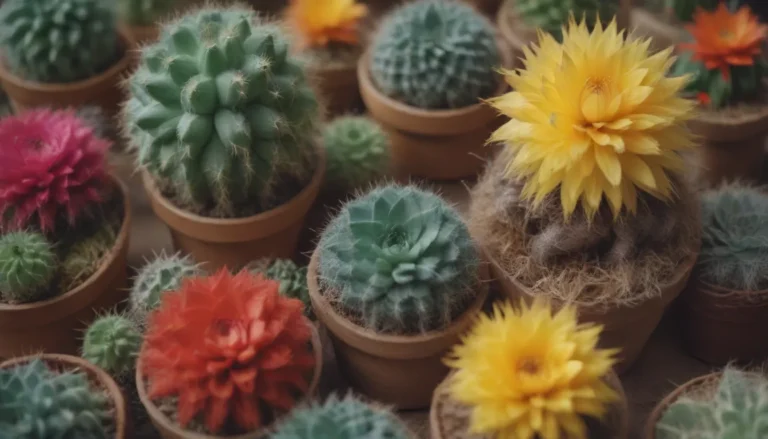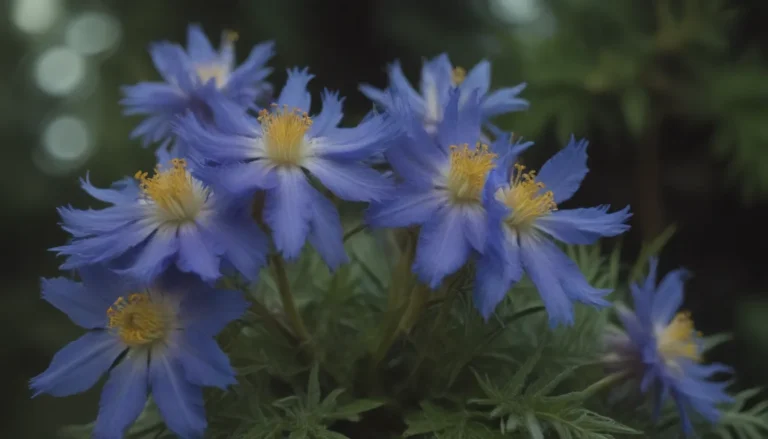Organic Strategies to Combat Common Strawberry Pests
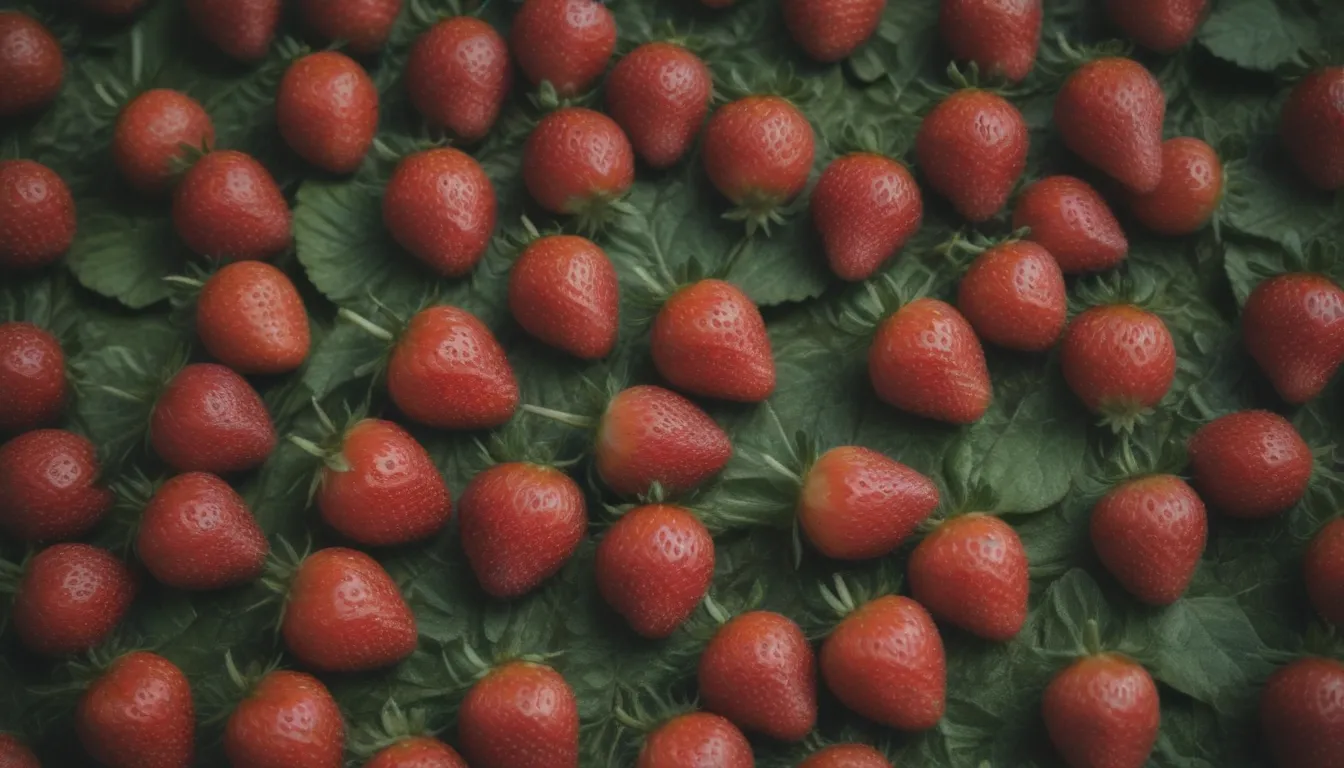
Are you a strawberry grower in an organic garden? If so, you might have encountered some pesky pests that are chomping on your precious berries. While birds are a common nuisance for berry growers, there are also insect and gastropod pests that can wreak havoc on your strawberry plants. Let’s dive into some organic, non-chemical methods for controlling these common strawberry pests.
Dealing with Slugs
If you’re noticing small, deep holes in your strawberry fruits, especially under the cap, there’s a good chance that slugs are the culprits. These slimy creatures also leave silvery slime trails on the foliage, typically causing damage at night and thriving in damp weather. Here are some methods to control slugs organically:
– Handpicking: Going out in the evening with a flashlight and manually removing slugs can be effective.
– Beer traps: Place containers filled with beer in the soil to lure and drown the slugs.
– Copper barriers: Create barriers made of copper tape or wire around your plants to repel slugs.
Managing Strawberry Bud Weevils
Strawberry bud weevils, also known as “strawberry clippers,” are tiny reddish-brown insects with black patches on their backs. These weevils emerge in early spring to snack on strawberry flower buds, laying eggs inside and preventing them from turning into berries. Here’s how you can combat them organically:
– Pruning: Remove and dispose of infested flower buds to eliminate the presence of weevil eggs.
– Beneficial insects: Introduce predatory insects like ladybugs or lacewings to feed on adult weevils.
– Neem oil: Spray neem oil on your plants as a natural deterrent for weevils.
Tackling Tarnished Plant Bugs
Tarnished plant bugs, with their brassy coloration and oval shape, can wreak havoc on your strawberry plants by feeding on blossoms and developing seeds. These bugs are usually active when strawberry flower buds appear in spring. Here’s how you can handle them organically:
– Pruning: Remove damaged plant parts to prevent bugs from spreading and reproducing.
– Beneficial plants: Plant insect-repelling herbs like basil or marigolds near your strawberries to deter tarnished plant bugs.
– Natural predators: Encourage natural predators like spiders or praying mantises to thrive in your garden and feed on these pests.
Controlling Spittlebugs
If you notice a bubbly foam at the base of your plants, you have a spittlebug infestation. These nymphs hide in the foam, eventually developing into froghoppers. While spittlebugs don’t usually kill plants, severe infestations can stunt growth. Here’s how you can manage spittlebugs organically:
– Watering: Regularly hose down your plants to wash away spittlebug foam and nymphs.
– Beneficial nematodes: Introduce predatory nematodes to the soil to feed on spittlebug nymphs.
– Natural predators: Attract birds or predatory insects like lady beetles to your garden to control spittlebug populations.
Handling Strawberry Sap Beetles
Strawberry sap beetles are tiny dark-colored insects that bore into ripe or decaying berries, causing damage and introducing rot. To combat sap beetles organically:
– Sanitation: Pick overripe or damaged berries to reduce the beetle’s food source.
– Traps: Set up pheromone traps to capture adult sap beetles and reduce their numbers.
– Mulching: Use mulch around your plants to prevent direct contact between beetles and strawberries.
Additional Tips for Protecting Your Strawberries
Aside from these specific pests, there are other threats to your strawberry plants that you should be aware of. Nocturnal animals like raccoons and mice can also target your berries. Here are some additional strategies to safeguard your strawberries:
– Floating row covers: Create a barrier by covering your plants with row covers to prevent pests from reaching them.
– Diatomaceous earth: Sprinkle diatomaceous earth around the base of your plants as a natural insect deterrent.
– Companion planting: Surround your strawberries with companion plants like onions or garlic, which repel pests with their strong aroma.
By implementing these organic pest control methods and staying vigilant in your garden, you can protect your precious strawberry plants from common pests. Remember, a healthy garden is a diverse ecosystem where beneficial insects and natural deterrents can work together to keep pests at bay. Happy gardening!
